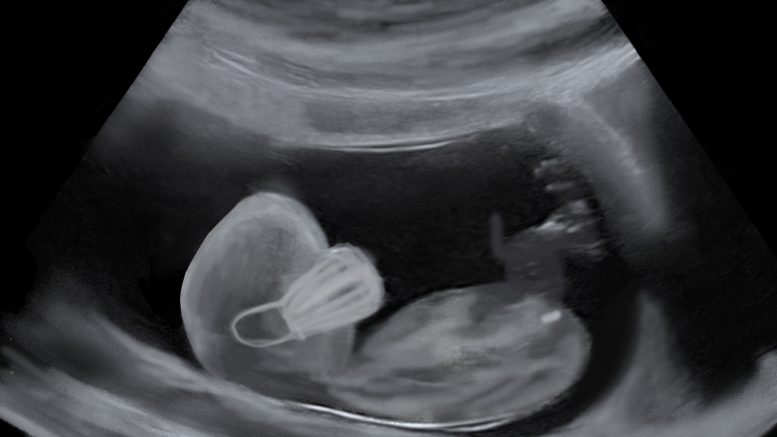Recent data from the International Perinatal Outcomes in the Pandemic (iPOP) study found a global decrease in preterm births during the COVID-19 pandemic lockdown.
A preterm or premature birth occurs when a baby is born before 37 completed weeks of gestation, affecting about 10 per cent of all babies born. It is the most common cause of infant death.
The iPOP study was co-led by a multidisciplinary team of researchers, including three U of M researchers — associate professor of pediatrics and child health and research scientist at the Children’s Hospital Research Institute of Manitoba Meghan Azad, former post-doctoral fellow and current assistant professor in the faculty of nursing at the university of Calgary Merilee Brockway and co-director of the THRiVE Discovery Lab Natalie Rodriguez.
Azad grew interested in reports of unexplained changes in preterm birth rates, as her other research is focused on infant development, breastfeeding and breastmilk. She said that she and Brockway discussed the possibility of looking into the matter further, and decided to gauge others’ interest in the subject.
“We sent out a few emails and lots of people were interested,” Azad said.
She explained that while initial studies were fairly contained in scope, the goal of the new research was to be much more expansive.
“We wanted to do a really rigorous study and look at it around the world to see if it was true and similar in different parts of the world.”
With an international team of over 150 collaborators, the study aimed to understand the impact of the pandemic lockdown on preterm births.
Results from the iPOP study, published last week in the Nature Human Behaviour journal, found that four per cent fewer preterm births occurred within the first couple months of the COVID-19 lockdown.
Although a four per cent decrease may seem small, Azad explained that this represents an estimated 50,000 preterm births diverted during the first month of lockdown alone.
The study analyzed aggregate data of 52 million births across 26 countries.
This summary-level data reflected births from the first four months of the COVID-19 pandemic lockdown, as well as data from the previous five years.
“We wanted to have that five year lead-up because trends are always happening, and hopefully we would be seeing progressively declining preterm birth rates because newborn care is always improving,” Azad explained.
“We wanted to be able to account for that and be able to confidently say, if we saw a decrease, it wasn’t just a continuing decrease that was already happening, it was a further decrease in the pandemic.”
Given the large scale of the study, the team faced some challenges in collecting data, “especially in the settings where they didn’t have the data readily available,” Azad said.
Additionally, the study looked at the rate of stillbirth during the lockdown. Azad explained that this was done to avoid the assumption that fewer preterm births meant more full term births, as an alternative explanation for fewer preterm births could have been an increase in stillbirths and miscarriages.
“We found some increases in stillbirth, but only in a few countries, so it was pretty inconsistent and certainly not enough to explain the decrease in preterm births.”
According to Azad, the next phase of the iPOP study would involve understanding the underlying factors behind the decline in preterm births during the pandemic lockdown.
“I think it’s a very unique opportunity,” she said. “We could think of it as a natural experiment, where everyone in the world experienced this massive, very quick transition in lifestyle, and there are many aspects to that and it will affect different people differently.”
Azad has a few theories regarding why the decrease occurred. She suggested that the reduction in preterm births could have been the result of reduced stress due to staying at home or reduced air pollution.
Another possibility may be increased hygiene, which helps prevent all sorts of infections — a potential trigger for preterm birth. She also noted potential better nutrition as something to examine.
Azad said that determining the reasons behind this decrease in preterm births could have larger research implications.
“If we could dig into that and understand, it could teach us some important things about preterm birth in general.”
Additionally, Azad is interested in understanding individual results obtained from different populations and subgroups.
“These are average numbers of the whole population, but there were reports in, particularly out of low-middle income countries, where there appeared to be a lot worse pregnancy outcomes because women weren’t able to access health care,” she said.
“So we’d really like to look at within a population, for example, the lower and higher socioeconomic status groups.”
Azad emphasized the fact that the work done for the iPOP study required significant collaboration.
“It was a big team effort,” she said. “I feel happy to represent the team and do interviews, but making sure that we acknowledge the other co-leads […] is important to me.”





